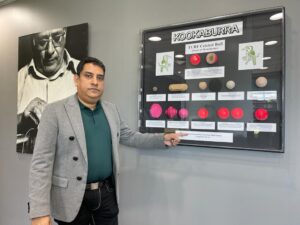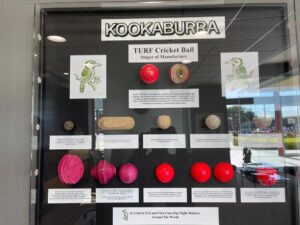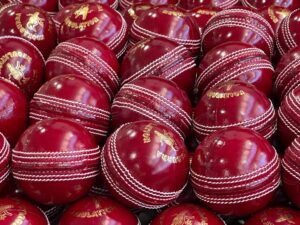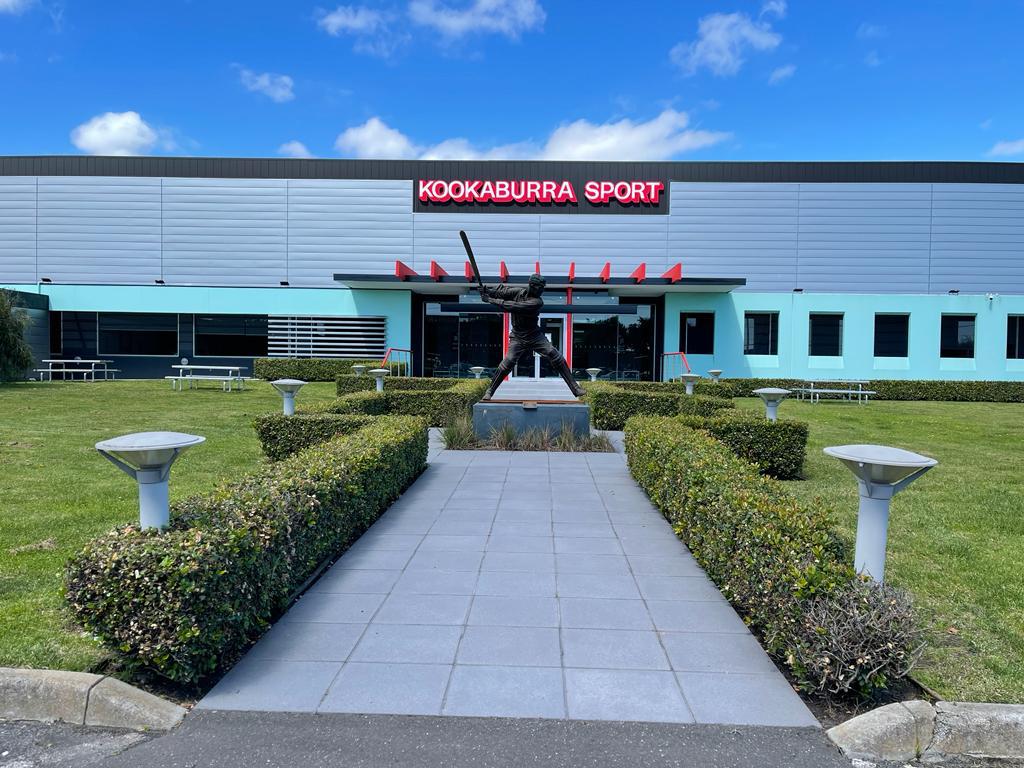-Boria Majumdar
The name Kookaburra has been known the world over for decades now. Teams undergo special training with Kookaburra balls before they travel to Australia and the gear is used the world over. But why Kookaburra? Why is it that a brand of cricket gear is named after a bird?
It is indeed a fascinating story as narrated by Nicola Thomson, the 5th generation owner in the family and one who now runs Kookaburra sport in tandem with her father at Moorabin in Melbourne.
“My great grandfather AG Thomson who had set up the business had this bird as a kind of pet. It used to come to the house almost every day and was part of the family. And as a result he decided to use the real life bird as the company logo. But it was in the 1980s that the company was named Kookaburra sport. It is because very few people would look up AG Thomson in the phone book and come to us. Most would look up Kookaburra and it was indicative of the popularity of the brand. As a result the name of the business was changed from the family name and called Kookaburra sport”, she described.

A trip to the factory located some 45 minutes from downtown Melbourne is a fascinating one. Every step in ball making is shown and explained and the Research and Development that goes into making a turf ball used for elite sport is an eye opener. With robots now used to enhance productivity, technology and innovation, the factory is a perfect blend of human excellence and technological advancement. To give a little more detail- while there are two robots at the moment that are used in ball making, the final work that goes into making an elite level cricket ball is still done by two men- Philip and Harry, who have both been part of the company for 45 years. “Yes its been long but you know what it has been exciting as well. We work 5 hours a day and make 20 balls, which are then used at games around the world”, said one of them as he was putting the final touches to a ball.

What is also interesting to see is how the company has adapted to the needs of the market. “There was a demand for cheaper but good quality balls and we decided on producing a two part ball rather than the four part one used for international games. These are good quality balls and used in club cricket across the region. It was important for us to cater to all our customers and hence this innovation was brought in”, said Nicola.

From grading sheets of leather to baking cork, which then starts to resemble a cake bar, the whole process of ball making is fascinating. And you have to be precise for a lot is riding on it. While we all celebrate the stars and the fans and all else, ultimately it is a game between bat and ball. And if the ball isn’t perfect, it could well influence the outcome of the game. That’s why the Kookaburra sport factory lays maximum emphasis on detailing. “We have to get the last 1 percent right. Unless you do so you won’t get the best result. We have a reputation to stand up to and we are proud that the family has been able to do so for decades now” argues Nicola.
Anyone who visits Melbourne should surely undertake a trip to the factory. Maintained with adherence to the best hygiene and safety practices, it is a place that stands for excellence. And it is important we celebrate the backstage as much as we celebrate the stars. Philip and Harry for example are as much part of our cricket consuming experience as anyone else. Nicola, who grades the balls and is responsible for the final certification, is as much part of the global cricketing eco-system as anyone else. And unless you visit the factory, you wouldn’t understand or appreciate the level of hard work that goes into it all.





